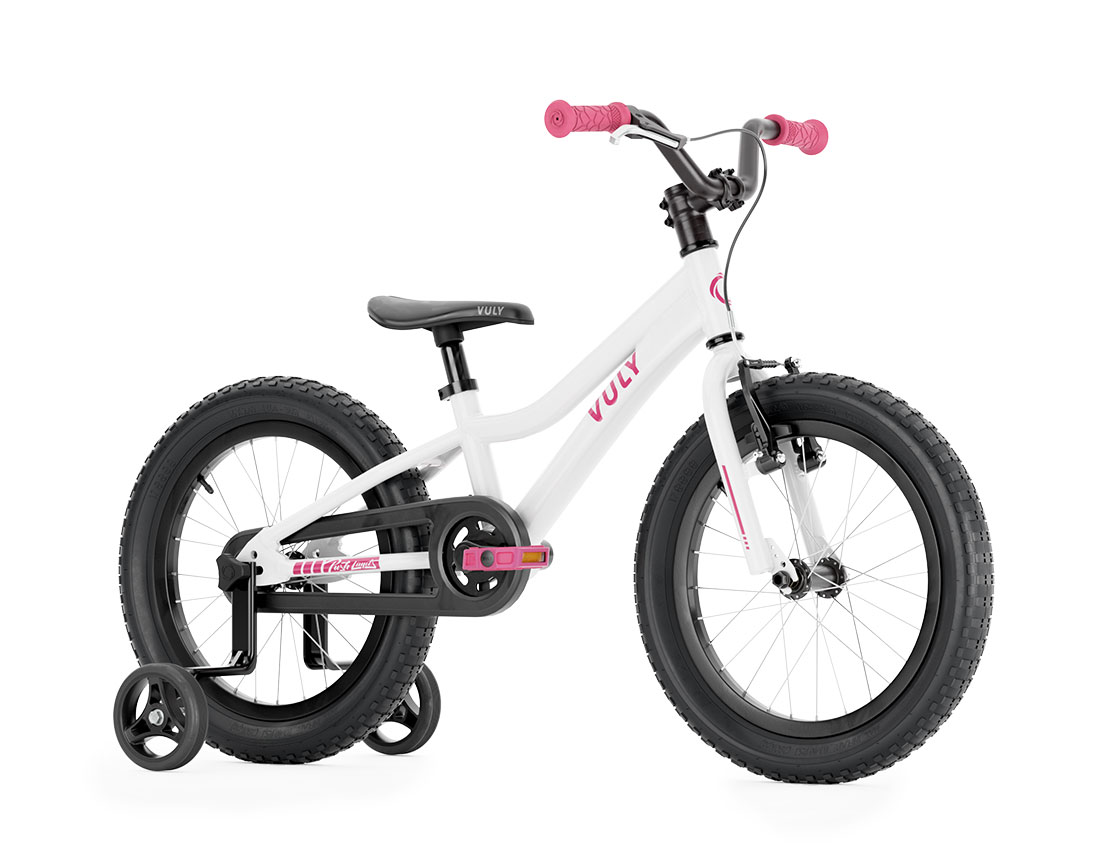In modern mountain bikes there are only really 2 options for mountain bike frames: aluminium and carbon fibre. Aluminium is the cheaper option, while carbon fibre is the premium version.
Carbon fibre bikes have many desirable properties, including that they’re lighter, don’t fatigue or crack under prolonged use, are better able to absorb impacts and generally feel better due to their dampening effect and better suspension.
Carbon fibre mountain bike frame
Carbon fibre mountain bike frames are synonymous with professional mountain bike riders. These frames are lighter and feel more premium and often come with MANY gears. They are also much more expensive. They are used in the best mountain bikes on the market.
Often carbon fibre mountain bikes go for almost double the price of their aluminum counterparts, which often weigh in at only 1- 2Kg heavier. Many riders also prefer carbon fibre frames as they are slightly less forgiving on rough trails. Carbon is less stiff than aluminium and as such gives the bike slightly more suspension. This provides a dampening effect that can definitely be felt on longer rides.
When carbon framed mountain bikes first came out, there were some quality issues. Fragile frames were reported quite often. But as the technology got better, carbon fibre frames have actually become stronger pound for pound, than their aluminium counterparts.
Many gravel bike frames are also made from carbon, as opposed to aluminium. This is because carbon frames can dampen the ride a little bit, and given gravel bikes usually lack suspension, this is a highly desirable property for this lighter class of bikes.

Aluminium mountain bike frames
Aluminium mountain bike frames are great because they are cheap and light. Unlike carbon fibre frames, however, their stiffness eventually wears them down. Over thousands of miles, each impact will add up until, until eventually cracks and stress fractures will appear in the frame. This will eventually cause failure in the frame itself.
Carbon fibre frames are able to better absorb these impacts and are not susceptible to the same problem. This also goes for direct impacts, where the flexibility of the carbon frames will make them less susceptible to direct impact damage when colliding with an obstacle head on. Aluminium frames will absorb the impact and crack under the pressure, whereas carbon fibre will shift and bounce on impact.
Steel frame mountain bikes
Steel frames are cheap, but they’re also very heavy. Generally aluminium frames have replaced steel frames as they’re still cheap but much lighter. Steel has many issues. Perhaps one of the biggest is that it’s prone to rusting. This is why steel bikes don’t last long and need to be replaced every 5 years or so. If they’re well looked after and kept inside this can be extended, but even so, why do you want the headache?
Steel frames are still regularly used in BMX bikes however, as these bikes are typically much smaller and so the weight of the steel isn't such a big deal. From the origins of BMX bikes, the community hasn't really seen a need to upgrade, and so has maintained an affordable platform using the steel alloy, Chromoly.
Kids' bikes are also typically made from steel, and this makes a key difference between kids' and adult bikes. This is because bikes for kids are already small and the increase in weight from a steel frame would be less significant. Furthermore, the price point is generally more important than durability, as kids outgrow their bikes quite quickly.
Titanium frame mountain bikes
Titanium used to be the premium material that light mountain bikes were made of. That all changed after carbon fibre frames were introduced. Titanium is 40% lighter than steel but has the same tensile strength and nearly twice as strong as aluminium. It doesn’t fatigue unlike aluminium, nor does it corrode like steel. So how is carbon fibre better? It’s lighter and stronger. Basically it’s titanium but does everything better.


















































